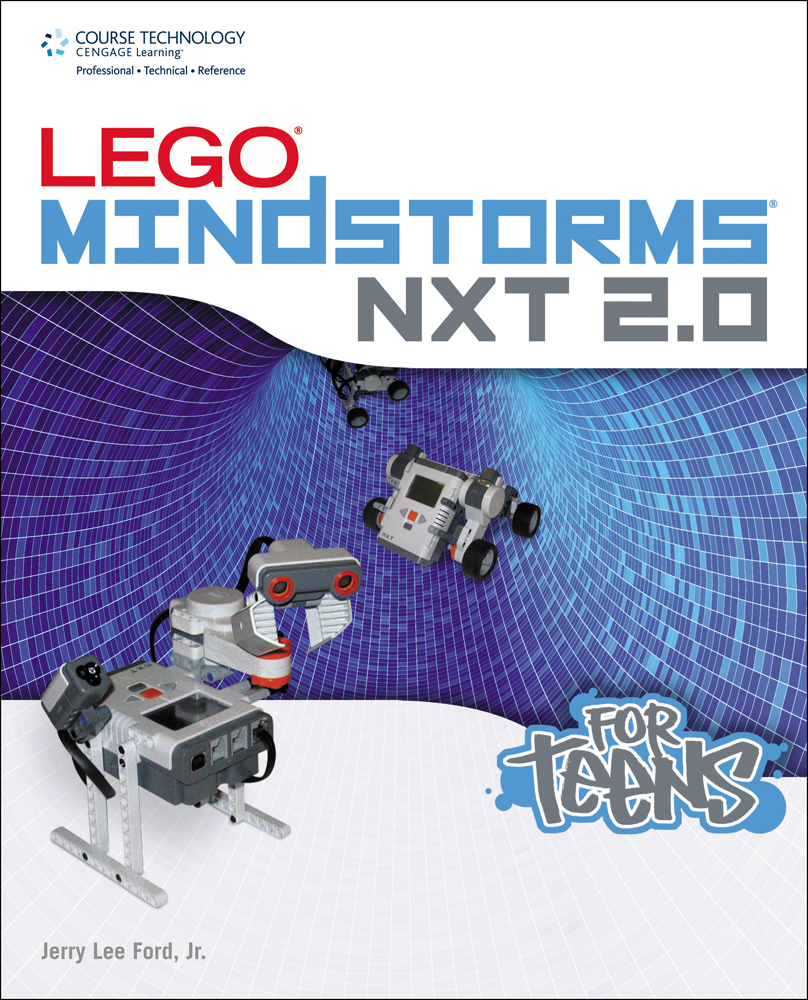Filters
Clear allSubject
- Careers (55) Apply Careers filter
- Climate Change (2) Apply Climate Change filter
- Creative arts and media (3) Apply Creative arts and media filter
- Cross curricular (28) Apply Cross curricular filter
- Design and technology (143) Apply Design and technology filter
- Engineering (111) Apply Engineering filter
- Food Preparation and Nutrition (1) Apply Food Preparation and Nutrition filter
- Leadership (1) Apply Leadership filter
- Mathematics (130) Apply Mathematics filter
- Personal development (2) Apply Personal development filter
- Psychology (1) Apply Psychology filter
- Science (149) Apply Science filter
- Space (2) Apply Space filter
- STEM Ambassadors (4) Apply STEM Ambassadors filter
- STEM Clubs (10) Apply STEM Clubs filter
Age range
Type
- Activity sheet (57) Apply Activity sheet filter
- Article (73) Apply Article filter
- Assessment (2) Apply Assessment filter
- Data set (3) Apply Data set filter
- Demonstration (3) Apply Demonstration filter
- Experiment (1) Apply Experiment filter
- Game (2) Apply Game filter
- Group work (3) Apply Group work filter
- Image (7) Apply Image filter
- Information sheet (24) Apply Information sheet filter
- Interactive resource (1) Apply Interactive resource filter
- Open-ended task (1) Apply Open-ended task filter
- Poster (7) Apply Poster filter
- Presentation (33) Apply Presentation filter
- Quiz (2) Apply Quiz filter
- Research (40) Apply Research filter
- Self assessment (1) Apply Self assessment filter
- Teacher guidance (113) Apply Teacher guidance filter
- Textbook (20) Apply Textbook filter
- Video (52) Apply Video filter
- (-) Remove Include Physical Resources filter Include Physical Resources
Showing 616 results
This activity from the Computer Science for Fun (CS4FN) team at QMUL is an introduction to algorithms suitable for those in upper primary school. A ‘self-working’ magic trick is shown – this is a trick that works every time, as long as the process is followed exactly. No understanding of the trick is needed by the...
This article discusses using mini battery powered computers to sense, and report back environmental data across a wide area in the Lake District. It talks about some of the ways in which this type of robotThis article discusses using...
Designed for students who have advanced through Scratch and are ready for additional challenge, this resource explores Build Your Own Blocks (BYOB) as a tool for learning modular programming using procedures.
After examining, briefly, the history of the computer and the Turing Test as a measure of their...
Malcolm is a junior software engineer at Realtime Worlds, he discusses his role in this video. The role is an entry level code programming role. At school he studied Advanced Level Maths, which greatly helped him during his studies of Computer games technology at Dundee University. He took part in a digital...
...
KS4 Networks Unit Instructions:
This is a series of four, 30 to 60 minute, sessions that will go through the basics of networks. Each
session has:
- Step by step instructions.
- A presentation with the information needed broken into chunks. The idea being you read a chunk of information...
A presentation highlighting seven strategies for behaviour management.
Encryption is the key to information security. The key to modern encryption is that using only public information, a sender can lock up their message in such a way that it can only be unlocked by the intended recipient. The resource begins with a detailed explanation of the activity and how the process of...
These datasets from stats4schools are compiled from the responses given by over 1,500 people to a survey. They are intended to be used flexibly but some ideas are given to guide students in their interrogations. There are three sheets in each set
- Decoded data
- An explanation of the questions...
This item is one of over 25,000 physical resources available from the Resources Collection. The Archive Collection covers over 50 years of curriculum development in the STEM subjects. The Contemporary Collection includes the latest publications from UK educational publishers.
This report aimed to identify practical examples of good practice that promote good behaviour and that can be adopted by all schools. The authors identified aspects of practice that create the right conditions for good behaviour to be learnt. The authors further comment that whilst school staff work hard to support...
The free, open-source Processing programming language environment was created at MIT for people who want to develop images, animation, and sound. Based on the ubiquitous Java, it provides an alternative to daunting languages and expensive proprietary software.
This book gives graphic designers, artists and...
This edition of the Computing at School newsletter focuses on Computational Thinking, and contains articles covering:
*The importance of computational thinking
*...

This step-by-step guide shows beginners how to use the Lego Mindstorms NXT 2.0 kit and their computer to build fantastic robots, animals, vehicles, and so much more. Everything you need is included in the Lego...
This edition of the Computing at School (CAS) newsletter is focused on physical computing, and features:
*The BBC Micro-Bit and Make It Digital projects
*CPD tips with Barefoot and Quickstart
*Primary school activities with Scratch and Makey Makey
*Scratch projects with Microsoft Kinect...
